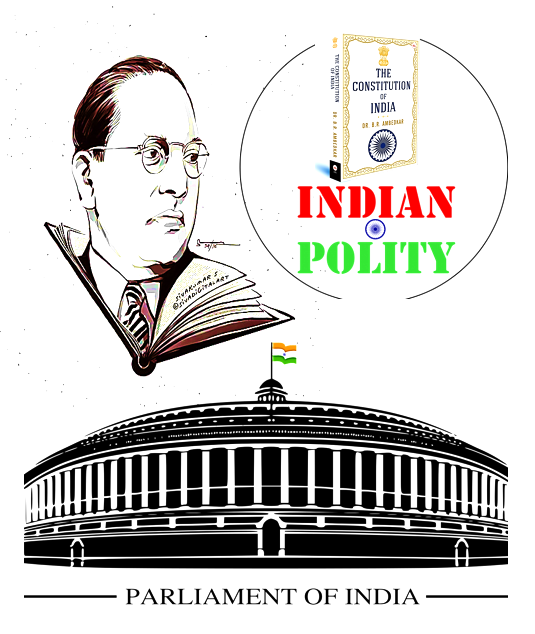BLOG
Must Know....

What Civil Service means:
In India, the Civil Service is the collection of civil servants of the government who constitute the permanent executive branch of the country. This includes servants in the All India Services, the Central Civil Services, and various State Civil Services.
The present modern civil service was formed after the partition of India in 1947. It was Sardar Patel’s vision that the civil service should strengthen cohesion and national unity. The values of integrity, impartiality, and merit remain the guiding principles of the Indian civil services.
NOTE: By the early 21st century, especially in Indian media, Indian civil servants were regularly colloquially called ‘babus’ (as in ‘the rule of babus’), while Indian bureaucracy is called ‘babudom‘.
The Ministry of Personnel, Public Grievances and Pensions, located in New Delhi, is unofficially the ‘Ministry of Civil Services’. The Ministry is responsible for training, reforms and pensions for the civil service system in India.
The highest ranking civil servant is the Cabinet Secretary. He is the ex-officio Chairman of the Civil Services Board; the chief of the Indian Administrative Service and head of all civil services under the rules of business of the Government of India. He also holds the 11th position in the Order of Precedence of India.
- Historical Background of Civil Services in India:
The present civil services of India are mainly based on the pattern of the former Indian Civil Service of British India. During the British raj, Warren Hastings laid the foundation of civil service and Charles Cornwallis reformed, modernised, and rationalised it. Hence, Charles Cornwallis is known as ‘the Father of civil service in India’.
Timeline:
Cornwallis introduced two divisions of the Indian Civil service—covenanted and uncovenanted. The covenanted civil service consisted of only Europeans (British personnel) occupying the higher posts in the government. The uncovenanted civil service was solely introduced to facilitate the entry of Indians at the lower rung of the administration.
With the passing of the Government of India Act 1919, the Imperial Services headed by the Secretary of State for India were split into two—the All India Services and the Central Services.
The All India and Central Services (Group A) were designated as Central Superior Services as early as 1924. From 1924 to 1934, the administration of India consisted of 10 All India Services (including Indian Education Service, Indian Medical Service) and 5 central departments, all under the control of the Secretary of State for India, and 3 central departments under joint Provincial and Imperial Control.
Honour for "Excellence"
The Civil Service Day is celebrated on 21 April every year. The purpose for this day is to rededicate and recommit themselves to the cause of the people. It is observed by all Civil Services.
This date (21 April) was chosen to commemorate the day in 1947 when Sardar Vallabhbhai Patel, the first Home Minister of Independent India, addressed the probationers of Administrative Services Officers.
On this occasion, all officers of Central and State Governments are honoured for excellence in public administration by the Prime Minister of India.






